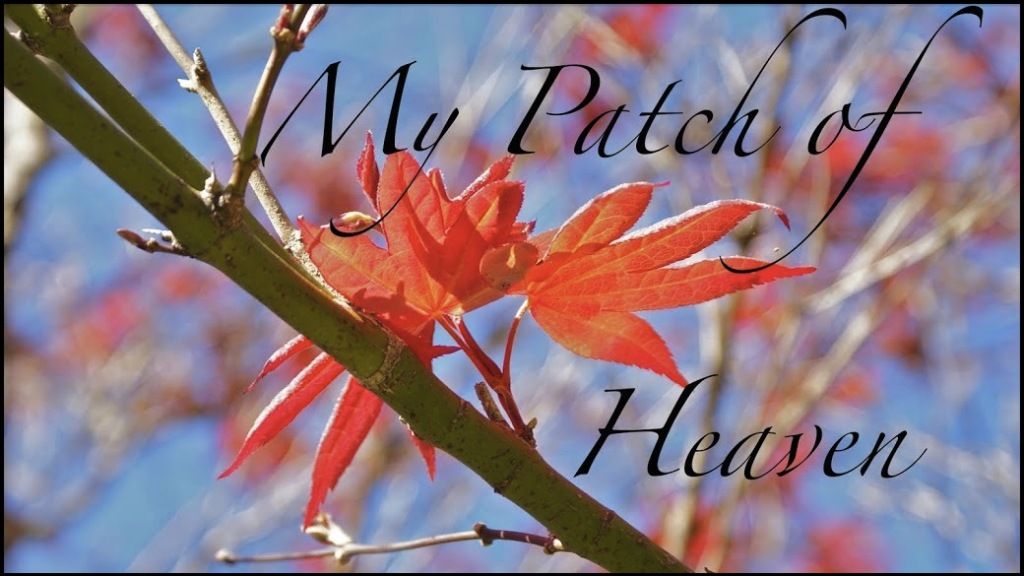One of my major assignments at the moment is my Biology assignment on the effects of geotropism and phototropism upon plant shoot erientation. and as part of that I have to do a section of plant physiology and anatomy, and figured I may as well include a bit of it here on my blog, to stop it going stagnant :). So here it is:
With over 275,000 plant species, no one-plant
species can be used as a typical example of a plants physiology and anatomy. All flowering plants, or angiosperms, are either Monocots (monocotyledonae), or Dicots (Dicotyledonae),
for classification for monocots and dicots refer Table 1-1 (Starr & Taggart, 1992) .
|
Monocots (monocotyledonae)
|
Dicots (Dicotyledonae)
|
|
One cotyledon (part of embryo in the
seed)
|
Two cotyledon
|
|
Flora parts usually occur in threes or
multiples thereof
|
Floral parts usually occur in fours or
fivers or multiples thereof
|
|
Leaf veins usually are parallel
|
Leaf veins usually are netlike
|
|
Pollen grains basically have one pore or
furrow
|
Pollen grains basically have three pores
or furrows
|
|
Bundles of vascular tissue distributed
throughout ground tissues of stem
|
Bundles of vascular tissue positioned in
a ring in stem
|
|
E.g. grasses, lilies, orchids, irises,
cattails, and palms
|
E.g. nearly all familiar trees and shrubs other than gymnosperms,
are dicots
|
Table 1‑1 Differences between monocotyledonae, and dicotyledonae
The root systems (below ground, pertaining
to the roots of the plant) and shoot systems (above ground, pertaining to the
stems, leaves and flowers) of monocots and dicots are composed of three
different varieties of tissues: dermal, ground, and vascular tissues (Starr & Taggart, 1992) .
Dermal tissues include the epidermis that
covers and protects the surfaces of primary plant parts; and the periderm, that
replaces the epidermis on plants showing secondary growth. Ground tissues can be split into 3 different
types. The parenchyma, generally thin walled, and pertains to the bulk of the
fleshy parts of the plants, living parenchyma cells function in photosynthesis,
storage, and other tasks. Collenchyma and sclerenchyma are the two other types, characterized by thickened
cell walls, and providing mechanical support for growing plant parts (Starr & Taggart, 1992) .
Vascular plant tissues include xylem and phloem. Xylem contains water-permeable
cells that interconnect to form tubes for the conduction and transport of water
and dissolved minerals. Phloem is a
food-conducting tissue, containing cells joined end to end, to form pipelines
for the transport of sugars and other metabolic products from the leaves. The cytoplasts of all conterminous living
cells are interconnected at cell junctions, or plasmodesmata (Starr & Taggart, 1992) .
Plant growth originates at meristems, as
summarized in figures 1.1 and 1.2.
Figure 1.1 summary of primary and secondary growth during the development of a
stem from a vascular plant (Starr & Taggart, 1992)
Figure 1.2 Summary of primary and secondary growth during the development of a
root from a vascular plant (Starr & Taggart, 1992)
“Primary
growth, in which roots and shoots elongate, originates at apical meristems, the
undifferentiated tissue of self-perpetual cells at root and shoot tips”. Descendants of some cells of the apical
meristem produce the primary tissues.
Lateral meristems (vascular cambium and cork cambium) increase the
diameter of stems and roots of plants showing secondary growth.” (Starr & Taggart, 1992)
Stems present photosynthetic tissues, such
as leaves, favourable exposure to light, whilst also allowing flowers favourable
display for pollinators. Plant stem’s vascular
tissues distribute substances to and from roots, leaves and other plant parts. Dicot
stems have vascular bundles arrayed as a cylinder that separates the ground
tissue into cortex and pith; whilst monocot stems have vascular bundles
distributed throughout the ground tissues.
The photosynthetic parenchyma cells are located between the upper and
lower epidermis layer of leaves, whit abundant air spaces surrounding
them. Plentiful openings, or stomata, in the lower epidermal layer
allow water vapour and gasses to move across the waxy cuticle (Starr & Taggart, 1992) .
Roots act to absorb water and dissolved
minerals from the surroundings, and conduct them to aerial plant parts, which
could not access the substances otherwise.
The plants also act to anchor and occasionally support the plants, and
often offer food storage areas (Starr & Taggart, 1992) .
Bibliography
Starr,
C., & Taggart, R. (1992). Biology: The Unity and Diversity of Life
(6th Edition ed.). Belmont, California, United States of America: Wadsworth
Publishing Company.



I'd give you a HD
ReplyDeleteAwww, shucks, thanks :)
Delete